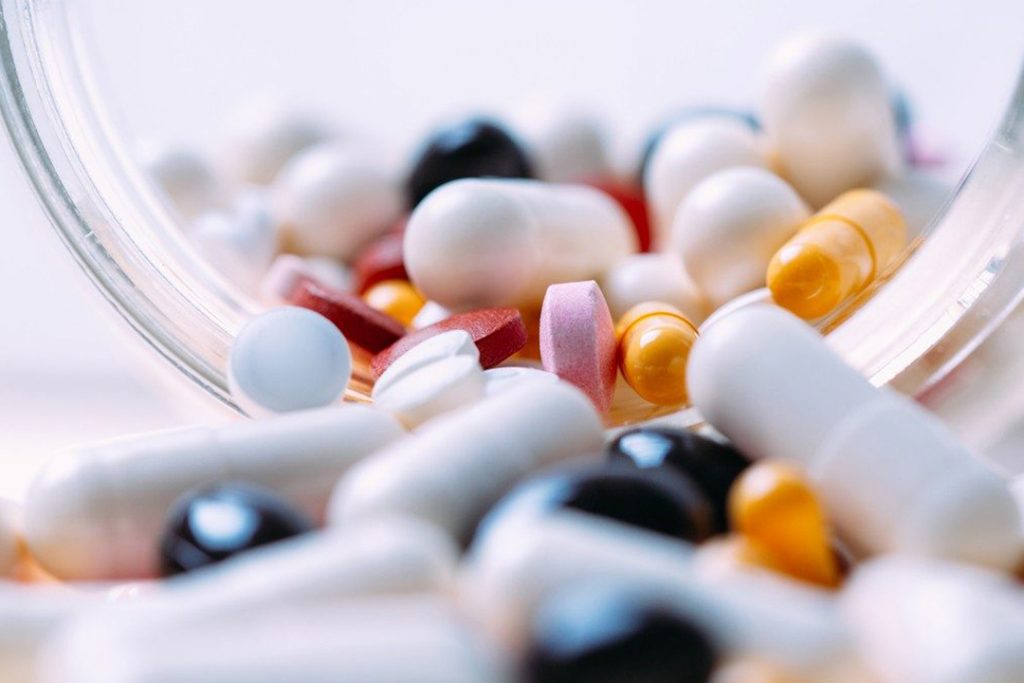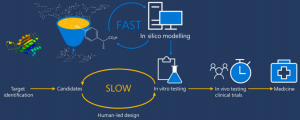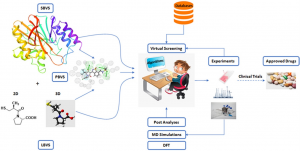Discovering and developing a new therapeutic can take 10-15 years, on average, with costs often exceeding $1 billion. For every 10,000-15,000 compounds initially evaluated, only five advance to human testing, and only one is ultimately approved for commercialization. The increasingly complex drug development process requires therapeutic expertise, advanced technological capabilities, and familiarity with the increasingly complex regulatory process. As the time and resources needed to develop new compounds rises, jobs that used to be performed by biopharmaceuticals in-house laboratories are increasingly being outsourced to CROs that can complete them 30% more quickly. With the enormous costs at hand and risks involved throughout the process, biopharmaceutical companies, understandably, seek outsourcing partners that possess the necessary expertise and scale to maximize the chances of ultimate approval, navigate the regulatory hurdles, compress the development timeline where possible, and produce a quality end-product with a successful clinical trial. This generally positions larger CROs more favorably than smaller providers, given their broader therapeutic expertise and global footprints, regulatory expertise in numerous geographies, and advanced technological capabilities. In addition to discovering and developing new compounds, biopharmaceuticals also often task CROs with improving existing drugs. The advantages of CROs in this process can save biopharmaceutical companies three to five months’ time and generate $120-150 million more revenue. (Wilson, Willoughby, & Wallach, 2016)
Pre-Discovery. At this early stage, researchers attempt to understand the causes of a disease at a molecular level and identify diseases that new therapeutics could potentially target. Recent advances in molecular medicine and powerful technological tools that enhance computational capacity greatly improve the efficiency of this process and enable researchers to better understand human diseases at the molecular level. Biopharmaceutical companies often perform basic research independently, as well as in partnership with external researchers and academic institutions.
Drug Discovery. The ultimate goal of the drug discovery phase is to find a promising molecule, or lead compound, that has the potential to become a new medicine. Researchers assess the underlying disease pathway and identify potential target compounds, narrowing the field of compounds to one lead compound that shows potential to influence the target. Researchers can create a molecule from living or synthetic materials and using high-throughput screening techniques, select a few promising molecules from an initial pool of as many as 10,000-15,000 compounds. Researchers can also identify compounds found in nature or genetically engineer living systems to produce disease-fighting molecules.
Preclinical Research (Pre-human). Relevant compounds are tested in-vitro (test tubes) and in-vivo (animals) over a wide range of doses to establish relative toxicity of the compound and detect any potential adverse reactions to the therapeutic. If results of preclinical research indicate that the compound is safe and potentially effective, the sponsor submits initial study results to the FDA along with a complete Investigational New Drug Application (IND). An IND includes, among other things, preclinical study data, Chemistry, Manufacturing and Controls (CMC) information, and an investigational plan for clinical trials, and it must become effective before proceeding to clinical trials. An IND automatically becomes effective 30 days after receipt by the FDA, unless the FDA raises concerns relating to proposed clinical trials within the 30-day time period, in which case the FDA’s concerns must be addressed before clinical trials can commence. Before clinical trials can begin at a study site, the site’s Institutional Review Board (IRB), an independent expert body charged with protecting patient safety and privacy, must give their approval, separately from the IND submission.
Clinical Trials. Of the 250 compounds that advance to preclinical testing for a particular project, only five, on average, progress to clinical (human) testing. Clinical trials are completed to determine the safety and efficacy of a drug. Clinical trials can last six to seven years and comprise Phases I-III, with Phase IV or post-commercial marketing studies often required by the FDA as well. These trials often involve the use of placebos, where some subjects receive the new drug candidate and others receive an alternative treatment (placebo), with randomization (patients are randomly selected to receive either the actual compound or a placebo) and double-blinded protocols (where neither the researcher or subject know which patients are given the actual drug candidate or a placebo) in order to minimize biases. We describe the primary clinical testing phases in more detail below.
Phase I: During the earliest phase of clinical trials, testing is focused on basic safety and pharmacology, typically completed using 20 to 100 healthy human volunteers, though sometimes stable patients that exhibit the targeted disease are also included. Inpatient studies often take place at specialized research centers known as a Clinical Pharmacology or Clinical Research Units (CPU or CRU). These studies evaluate human metabolic and pharmacologic reactions to the compounds, the duration of effectiveness and activity, how it is affected by other drugs, how it is tolerated and absorbed, and how it is broken down and excreted from the body. Multiple dosage ranges and methods are analyzed, with side effects also carefully monitored. Once these studies are completed with satisfactory results, testing of efficacy is commenced.
Phase II: Sometimes referred to as proof-of-concept studies (POC), this stage of clinical testing focuses on basic efficacy, with dose-range testing completed in 100 to 500 patients afflicted with the targeted disease or condition. During this stage, though the primary focus is efficacy evaluation, further safety testing is also completed, along with determination of optimal dosage levels, dosage schedules, and administration routes. If Phase II studies yield satisfactory results, Phase III can commence, provided that no hold is placed on further studies by the FDA. It is during Phase II that the majority of drugs under development fail.
Phase III: Trials at this stage are completed at a larger scale, across multiple testing centers, in populations of 1,000-5,000 patients afflicted by the target disease. During this stage, advanced efficacy and safety testing is completed in order to provide enough data for valid statistical conclusions required by the FDA and other relevant regulatory bodies, as well as to provide an adequate basis for product labeling, optimal dosage, formulations, and administration methods. This stage is typically the longest and most expensive phase, and two successful Phase III trials demonstrating a drug’s safety and efficacy are often required to obtain FDA approval. Roughly 50% of drugs that enter Phase III testing fail. Once Phase III test results are approved by the FDA, the drug sponsor can submit a new drug application (NDA) or biologics license application (BLA), depending on the nature of the compound and disease.
FDA Review. After determining that the results of the clinical trials indicate that the compound is safe and effective, the sponsor submits an NDA or BLA to the FDA requesting approval to market the drug. Included with the NDA or BLA submission are the comprehensive testing results and supporting data and analysis from both preclinical and clinical testing, along with proposals for manufacturing plans and labeling. These applications are often over 100,000 pages. There are strict protocols that govern the submission process, and failure to abide by them can be grounds for rejection.
Post-Marketing Surveillance and Phase IV Studies. Once a drug is approved by the FDA, the agency often requires the sponsor to collect and periodically report additional safety and efficacy data to the FDA. At times, this can occur throughout the entire marketed lifespan of the product. If the product is marketed internationally, surveillance reports must include data from all countries in which the drug is sold. The FDA may require additional studies (Phase IV) even following approval, to test the compound for other potential indications, or new dosage formulations. The FDA and other regulatory agencies may also require license holders to prepare risk management plans that assess areas of product risk and plans to actively manage such risks.





